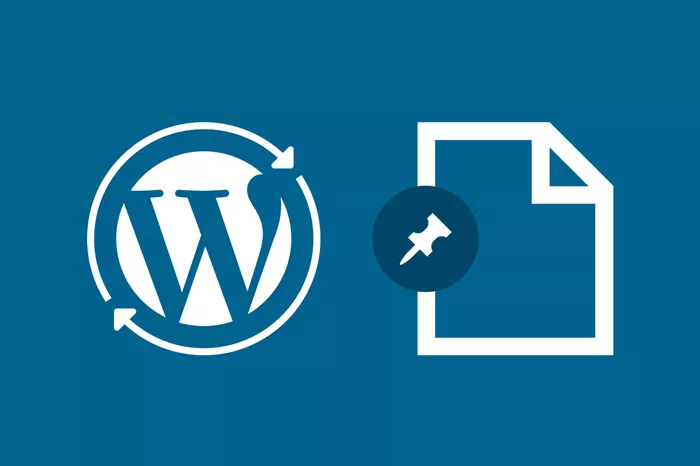In WordPress theme development and content management, the “Loop” is recognized as the fundamental framework for building dynamic page content. Whether it’s a static homepage, a blog view showing recent posts, or any content in between, the Loop serves as the engine that retrieves content from the database and displays it to visitors. This article aims to provide developers and site administrators with a clear understanding of this vital mechanism, empowering them to better control how content is presented on their WordPress sites.
Mastering the Loop not only enhances a website’s flexibility but also ensures efficient and accurate content management. As websites become more complex, leveraging the Loop effectively becomes essential for delivering personalized content and maintaining a seamless user experience.
What Is the WordPress Loop?
The Loop is a PHP-based process WordPress uses to fetch and display posts or pages dynamically. It cycles through the site’s content, retrieving posts one by one based on certain conditions, and outputs them according to the theme’s layout. This mechanism allows WordPress to automatically load and display the latest or filtered posts on various templates without manual updates.
Beyond simply listing all posts, the Loop’s flexibility enables filtering by categories, tags, dates, or custom fields. This adaptability makes the Loop a powerful tool that supports a wide range of content presentation needs, from simple blogs to complex websites with customized content sections.
The Role of the Loop in Theme Templates
Each page template within a WordPress theme typically incorporates the Loop, enabling it to pull the necessary content from the database. Whether it’s the homepage, archive pages, or custom templates, the Loop ensures the content is dynamically fetched and displayed, reflecting the latest updates stored in WordPress’s backend.
This dynamic retrieval system forms the backbone of content delivery on WordPress sites, allowing pages to automatically refresh content as it changes in the database. This not only simplifies website maintenance but also guarantees visitors always see up-to-date information.
Advanced Queries and Content Customization
For websites with more specific content requirements, the Loop supports advanced queries that let developers tailor which posts are shown. For example, posts can be filtered to only those within a certain category, or by custom metadata values, allowing for highly personalized content displays.
This capability grants theme developers great freedom to run multiple Loops with different criteria on the same page, enabling complex content layouts. Whether for news portals, corporate sites, or ecommerce stores, custom queries ensure that the right content reaches the right audience in an optimized format.
Tips for Understanding and Using the Loop
The best way to grasp the Loop is through hands-on practice — by integrating it into theme development or customizing existing templates. Experimenting with filtering, ordering, and displaying posts helps developers become comfortable with the Loop’s structure and its powerful customization options.
Additionally, using multiple Loops on a single page to display different types of content sections can enrich the user experience. Understanding the underlying logic of the Loop is crucial to avoid common coding errors and to build more robust, flexible WordPress themes.
Frequently Asked Questions About the WordPress Loop
What exactly is the WordPress Loop? In simple terms, it is a piece of PHP code responsible for fetching posts or pages from the database and displaying them on your website. It is central to WordPress’s dynamic content generation, controlling how and when posts appear.
Why is the Loop important? The Loop automates content display, ensuring that any changes in posts or pages are reflected immediately on the site without manual edits. This dynamic behavior is key to maintaining an up-to-date and engaging website.
Can I customize the Loop? Absolutely. By modifying theme files, developers can change the query parameters to filter posts by category, tag, or date, reorder posts, or limit the number displayed — allowing for tailored content presentations.
What happens if the Loop is broken? If the Loop is incorrectly coded, posts may not display properly, or pages might fail to load content altogether, leading to poor user experience and potentially harming search engine rankings. Careful coding and testing are vital.
Is it possible to use multiple Loops on a single page? Yes. This is a common practice to showcase different content types in various sections, such as latest news, featured articles, or portfolios, enhancing content variety and navigation.
Are there plugins for customizing the Loop? Many plugins offer user-friendly interfaces to adjust Loop behavior without coding. These tools lower the technical barrier, enabling more users to personalize their content display easily.
By gaining a solid understanding of the WordPress Loop, developers and site owners can create more flexible, efficient, and personalized content experiences. For those seeking reliable WordPress hosting to support their dynamic websites, services like SiteGround provide optimized solutions, including easy installation and staging environments to streamline development.
Related Topics
- Top 10 WordPress Text-to-Speech Plugins to Watch in June 2025
- Connecting WordPress and Google Analytics: From Setup to Insights
- How to Log Into the WordPress Admin Dashboard

